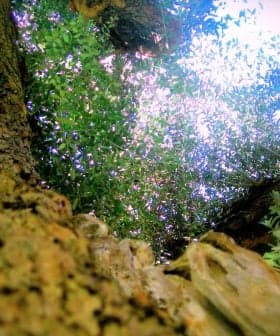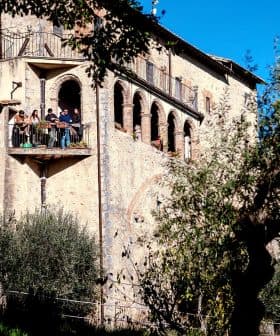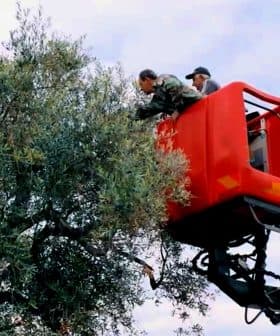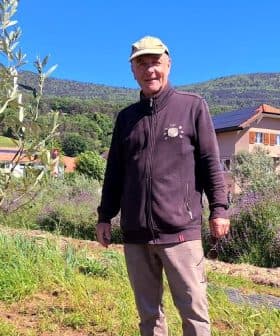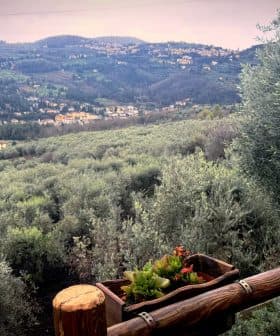Plans for New Super-High-Density Olive Groves Receive Funding in Tuscany
ArteOlio, an agribusiness startup in Tuscany, has received a €5.3 million line of credit from Banca Carige and Banco Bpm to develop new super-high-density olive groves in the region, adding to previous loans and bringing their total corporate capital to €10.5 million. Other Italian agribusiness companies, such as Monini, Antinori, and Bonifiche Ferraresi, are considering similar investments in high-density and super-high-density olive farming in the Maremma region, with potential challenges including the choice of cultivars and adherence to strict regulations for labeling extra virgin olive oil as Tuscan.
A few projects for the development of new super-high-density (SHD) olive farms in Tuscany are garnering attention from investors.
Banca Carige and Banco Bpm have just approved a line of credit worth €5.3 million for ArteOlio, an agribusiness startup focusing on intensive olive farming. Its principal project is to develop more than 500 hectares of new olive groves in the region.
See Also:Boundary Bend Plants California’s Second Largest Medium-Density GroveThis latest line of credit adds to previous long-term loans approved by Banco Bpm back in August. According to the IlSole24Ore newspaper, with the new line of credit, ArteOlio can now count on €10.5 million of corporate capital and €11.2 million of credits from banks.
ArteOlio founders, Augusto Lippi and Riccardo Schiatti, had previously said that their company has started “an Italian extra virgin olive oil production project with highly innovative techniques and procedures, focused on the development of the best high-quality products while also offering an efficient and sustainable use of the farming resources.”
Several of the most prominent Italian agribusiness companies are considering new investments in high-density and SHD olive growing as well.
The Tuscan newspaper Il Tirreno reported that while ArteOlio already planted about half of the new SHD orchards, Monini, Antinori and Bonifiche Ferraresi are actively considering similar investments in the Maremma region, a large coastal plain area extending from Tuscany to northern Lazio.
According to the statements released to Il Tirreno by Fabio Fabbri, former head of the Tuscan Ministry of Agriculture and Food, the new investors will have to overcome several challenges.
See Also:Spanish Olive Growers Replacing Century-Old Trees With Young OnesAmong them is the choice of the cultivars to be used in the new orchards and their compatibility with the Tuscany extra virgin olive oil Protected Geographical Indication, which defines the cultivars and lays out other strict regulations to which producers must adhere if they want to label their extra virgin olive oil as Tuscan.
However, backers of the plan to expand super-high-density groves in Tuscany see it as an economically viable option to keep the region’s olive growing culture alive.
High-density and super-high-density olive farming are responsible for the growing production capacities of Portugal and Spain, where these types of groves have been developed for decades.
A 2019 report co-authored by Juan Vilar Strategic Consultants found that while super-high-density groves only accounted for 30 percent of all olive farms worldwide, production from these groves amounted to 40 percent of the global total.
The report also concluded that super-high-density groves are about 70 percent more profitable than traditional groves and “highly compatible” with environmental values.



